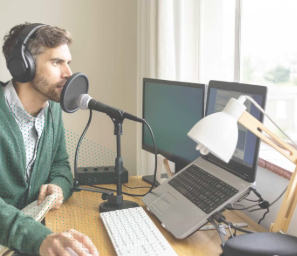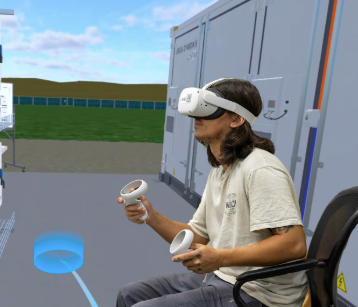As the educational landscape evolves, teachers are stepping beyond traditional roles and embracing new identities as digital creators. Whether designing multimedia lessons, producing instructional videos, or curating online learning content, educators are using technology not just to teach—but to create. This shift empowers teachers to personalize learning, engage students in new ways, and share their expertise with broader audiences.
From Classroom to Creative Studio
Educators are increasingly using digital tools to create custom teaching resources. With platforms like Canva, Adobe Express, and Google Slides, they can design interactive presentations, worksheets, and infographics tailored to their students’ needs. These tools make it easier to incorporate creativity, clarity, and visual appeal into everyday instruction. Some educators are also exploring advanced tools like Figma or Notion to create immersive educational experiences that promote collaborative learning.
Video and Audio Content Creation
Video content has become a powerful teaching tool. Teachers are recording explainer videos, virtual field trips, and flipped classroom lessons using apps like Loom, Screencastify, or even their smartphones. Some educators build entire YouTube channels to host content accessible to both their students and the global community. Podcasting is also gaining popularity as educators create audio content to supplement lessons or reach learners in flexible ways. These formats help students engage with material on their own time and at their own pace. Teachers are also experimenting with live streaming platforms for real-time Q&A sessions, debates, or virtual review classes.
Publishing and Sharing Online
Beyond the classroom, many educators are sharing their creations on blogs, YouTube, educational marketplaces, and social media platforms. This allows them to connect with other teachers, build professional learning communities, and contribute to global education conversations. In doing so, educators become influencers and thought leaders in their subject areas. Online platforms like Teachers Pay Teachers, Substack, or Medium provide educators with an opportunity to monetize their content, offering lesson plans, teaching guides, and custom classroom materials to a wider audience.
Encouraging Student Creativity
By modeling content creation, teachers also inspire students to become creators themselves. Students can be assigned video presentations, digital posters, or narrated slide decks, fostering creativity and ownership of their learning. Educators who are active creators are better positioned to guide students through these digital assignments. With the support of teacher-created templates and tutorials, students can build portfolios of creative work that demonstrate not just what they’ve learned, but how they’ve applied it.
Professional Growth and Empowerment
Becoming a digital creator allows teachers to explore new skills and stay current with educational trends. It encourages continuous learning and experimentation. As teachers develop confidence in using technology, they also gain greater autonomy over how they deliver lessons and assess student understanding. Many educators find that content creation opens doors to new professional opportunities, such as consulting, speaking engagements, or curriculum development partnerships with EdTech companies.
Access to Global Tools and Audiences
The rise of EdTech platforms and online professional networks means that a teacher’s impact is no longer confined to one classroom. Educators can reach global audiences, collaborate with peers worldwide, and access tools that make high-quality content creation more intuitive and rewarding than ever before. Whether participating in international webinars or co-creating resources across continents, digital creators in education are breaking down geographic and linguistic barriers.
Transforming Curriculum Through Innovation
Digital creators in education are not just delivering content—they’re rethinking curriculum design. By incorporating multimedia storytelling, project-based learning, and interdisciplinary approaches, they make learning more relevant and engaging. For example, teachers may design virtual escape rooms for reviewing material, or develop interactive simulations that allow students to explore complex topics hands-on. This creative approach leads to deeper learning and lasting understanding.
Conclusion
Educators are no longer just consumers of content—they are creators, innovators, and digital leaders. By embracing technology and developing content that speaks to their students’ needs, they are reshaping the future of teaching and learning. As digital creators, teachers are not only enhancing education—they are redefining what it means to educate in the 21st century. Through digital innovation, educators are transforming classrooms into dynamic, engaging, and inclusive spaces that prepare learners for an increasingly connected and creative world.


